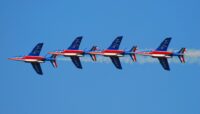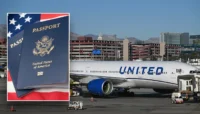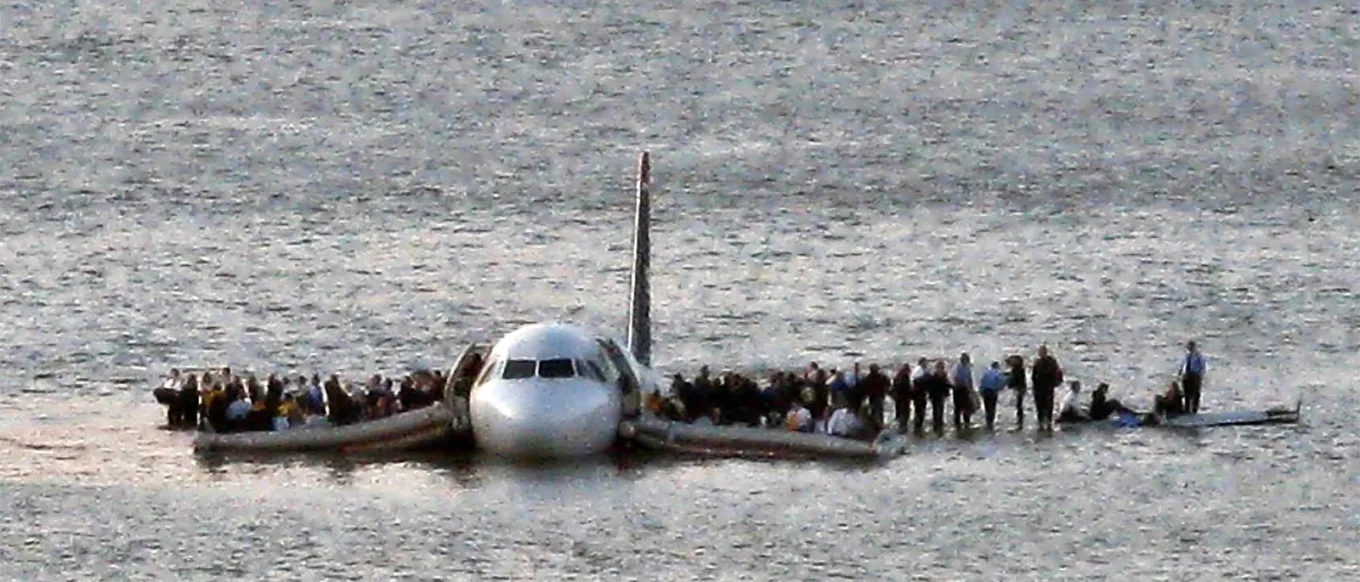Introduction
On January 15, 2009, US Airways Flight 1549, famously known as the “Miracle on the Hudson,” made an emergency landing in the Hudson River after both engines lost power due to a bird strike. The event became one of the most remarkable feats of aviation history, demonstrating exceptional piloting skill, quick decision-making, and the importance of well-executed emergency procedures. The aircraft, an Airbus A320-214, was captained by Chesley “Sully” Sullenberger with First Officer Jeffrey Skiles, and all 155 passengers and crew survived.
The Flight and Bird Strike Incident
Takeoff and Initial Climb
US Airways Flight 1549, operating under the callsign Cactus 1549, took off from LaGuardia Airport (LGA) in New York City at 3:25 PM EST, bound for Charlotte Douglas International Airport (CLT) in North Carolina. The flight was routine as the aircraft climbed through 2,818 feet (859 meters) just over a minute after takeoff.
The Bird Strike
At 3:27 PM, as the aircraft passed through approximately 2,800 feet, a large flock of Canada geese struck both engines. Pilots and passengers heard loud bangs, followed by flames and immediate loss of thrust in both engines. The aircraft was gliding, unable to sustain powered flight.
The Critical Decision: Water Landing
Captain Sullenberger and First Officer Skiles immediately assessed their options. They considered attempting to return to LaGuardia or diverting to Teterboro Airport (TEB) in New Jersey. However, given their altitude and the aircraft’s rapidly decreasing speed, Captain Sullenberger determined that neither airport was reachable and made the decisive call: “We’ll be in the Hudson.”
The Emergency Landing
Gliding Toward the Hudson
Despite no engine power, Sullenberger maintained optimal glide performance while coordinating with air traffic controllers. He kept the aircraft’s nose slightly up and executed a controlled descent toward the Hudson River, aiming for the smoothest possible impact.
The Water Landing
At 3:31 PM, just over three minutes after the bird strike, Flight 1549 ditched in the Hudson River near midtown Manhattan. The landing was nearly perfect: the aircraft remained intact, floating on the river’s surface long enough for a full evacuation. Sullenberger later described it as the “best chance for survival” given the circumstances.
Passenger Evacuation and Rescue
Rapid Response
Once the aircraft came to rest, the crew quickly initiated an orderly evacuation through the over-wing exits and front doors. The freezing water temperature (2°C / 36°F) posed an immediate threat to survivors.
Ferry and First Responder Arrivals
New York Waterway ferries, U.S. Coast Guard boats, and emergency responders arrived within minutes. Passengers were rescued from the aircraft’s wings and rafts, many suffering from hypothermia. All 155 people survived, with only minor injuries reported.
Investigation and Findings
The National Transportation Safety Board (NTSB) conducted a thorough investigation, ultimately concluding:
- Bird Strike Confirmation: Flight data confirmed that a large flock of Canada geese ingested into both engines, causing an immediate power loss.
- Engine Failure: Simulations showed that even if the pilots had attempted to return to LaGuardia, they would not have made it safely.
- Crew Excellence: The pilots’ quick decision-making, precise control, and adherence to emergency protocols saved lives.
- Successful Water Landing: The landing gear remained retracted to minimize damage, and the aircraft structure absorbed the impact effectively.
Legacy and Impact
Aviation Safety Enhancements
The accident led to improved bird strike detection and prevention measures, including:
- Stronger Engine Testing Standards to withstand bird ingestion.
- Enhanced Bird Monitoring near airports.
- Crew Training for Ditching Scenarios based on the success of Flight 1549’s water landing.
Cultural and Media Influence
The event inspired the 2016 movie “Sully,” directed by Clint Eastwood and starring Tom Hanks. Captain Sullenberger and the crew received numerous accolades, including congressional recognition, pilot awards, and national honors.
Conclusion
The Miracle on the Hudson remains one of aviation’s greatest success stories, proving the value of expert piloting, teamwork, and preparedness in the face of catastrophe. Captain **Sullenberger’s decision-making and composure under pressure transformed what could have been a major tragedy into an unprecedented survival story.








